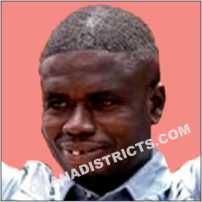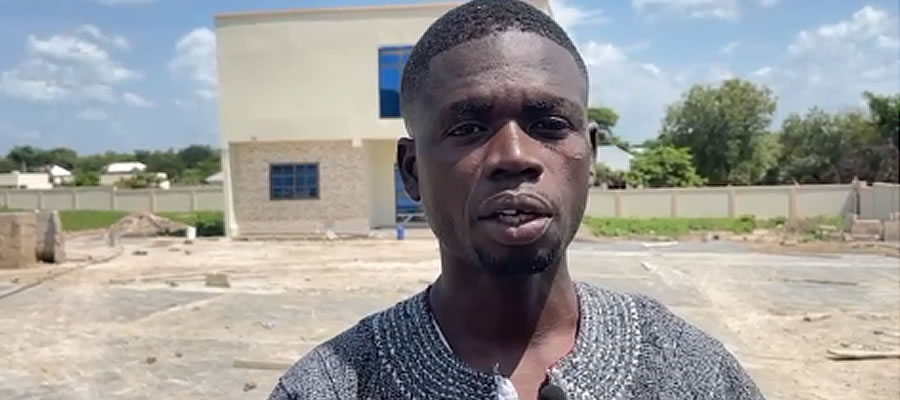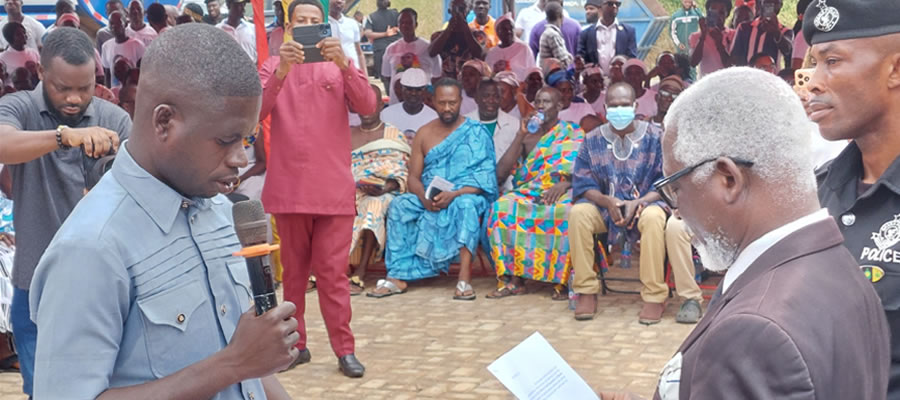

Social and Cultural Structure
The district has one traditional area: The original name of the settlement was Sermainakuo meaning “groups of grasses’. This name was changed to Banda, which is a corruption of ‘Woanda’ meaning ‘they did not sleep’. Ancestors of Banda Ahenkro were allies of the Asante Kingdom during wars and they provided a strong military force that virtually refused to ‘sleep’ during war times. Later ‘woanda’ was also corrupted by their Brong neighbours to become Banda. The settlement evolved to become the principal town or ‘Ahenkro’ within a collection of Nafana communities.
The Banda traditional area is located in the north-western part of the Brong Ahafo Region just southwest of the boundary between Brong-Ahafo and the Northern regions. The district’s dominant population is the Banda’s whose language is Nafaana. The other ethnic groups are Kologo, Bono, Lugei to mention but a few. In terms of the traditional set up, there is a paramount Chief who resides at Banda Ahenkro with other chiefs in the various communities. More than one-half of the population in the district belongs to the Christian faith (69.4%) followed by Islam (20.3%). A few of the people are African Traditionalists whiles some do not belong to any religious group.
The popular festival celebrated in the district is Fofie by the people of Banda Ahenkro. Fofie is a Yam festival celebrated in the month of October every year. The festival is used as a means to remember their ancestors for protection and favour. It is also held to purify the area and allow its people to go into the traditional New Year with hope.
Date Created : 11/23/2017 2:17:34 AM













 facebook
facebook
 twitter
twitter
 Youtube
Youtube
 +233 593 831 280
+233 593 831 280 0800 430 430
0800 430 430 GPS: GE-231-4383
GPS: GE-231-4383 info@ghanadistricts.com
info@ghanadistricts.com Box GP1044, Accra, Ghana
Box GP1044, Accra, Ghana